
By Karen Rubin, Travel Features Syndicate, goingplacesfarandnear.com
Day 4, Waterloo/Seneca Falls to Syracuse, 39 Miles
Leaving our campsite at Mynderse Academy in Seneca Falls for Day 4 of our 8-day, 400-mile Cycle the Erie biketour, I make a point this time of stopping into the Montezuma National Wildlife Refuge, keeping to my plan of doing everything I did not get to do on my first Erie Canalway ride two years before. I take care to cross the busy thoroughfare (this section of the ride is on roads rather than the non-motorized trail).
The Refuge is a breeding ground for bald eagles; unfortunately, perhaps because of the season, time of day, or that’s just the way the cookie crumbles, I don’t get to see any birds at all. But I still get to notch another one of the sites that I missed before, realizing that the time spent here is time lost to explore another point of interest. (3395 Rte 5 & 20 E, Seneca Falls, 315-568-5987, www.fws.gov/r5mnwr).
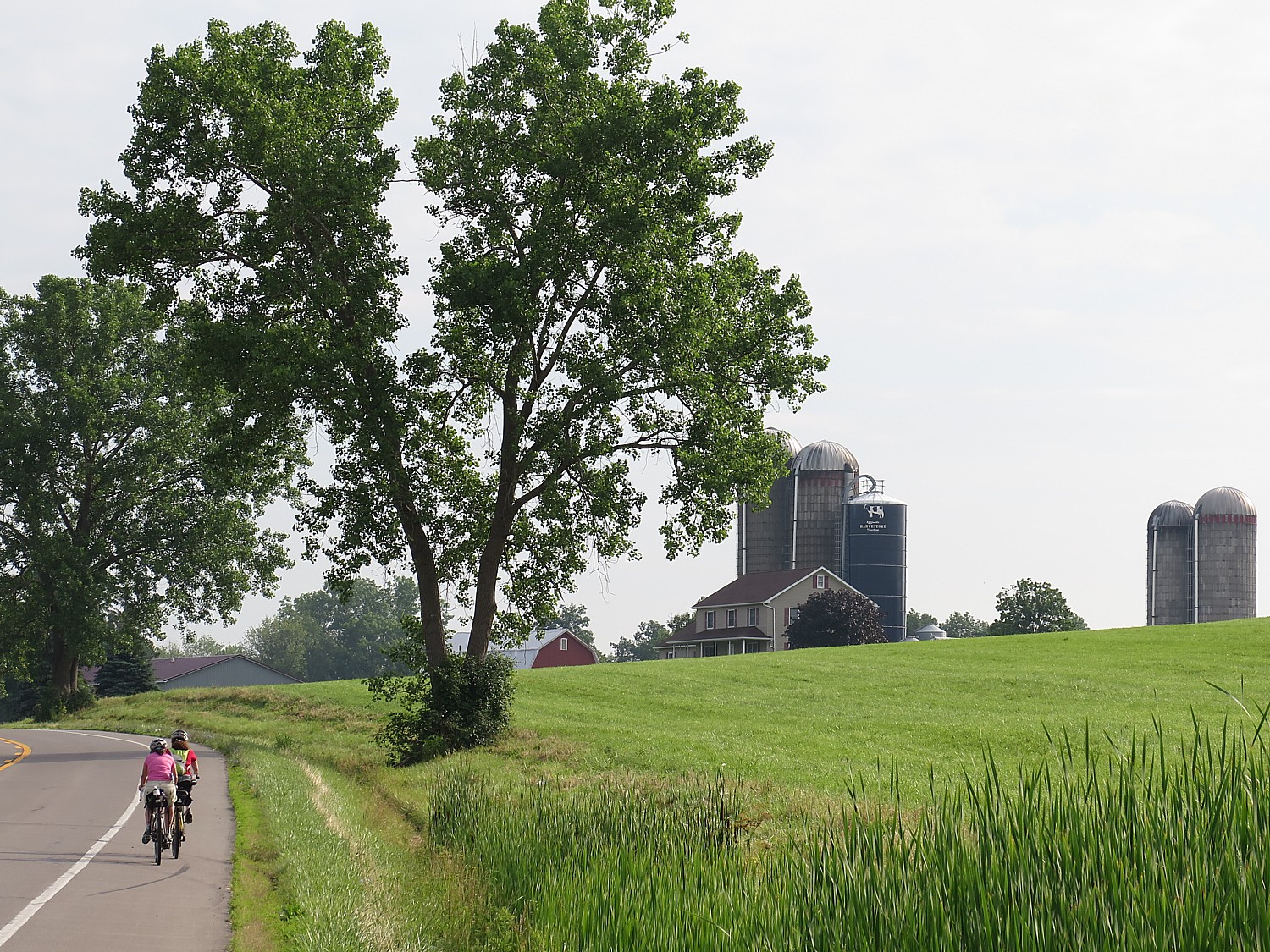
This part of the ride – on country roads – brings us through pastoral scenery.
Our rest stop – laid out with snacks, fresh fruit, water as well as our trusty bike mechanic – is at the brand new Port Byron Erie Canal Heritage Park (great bathrooms), where we get to visit the new historic displays before getting back on the Canalway.

We ride into the quaint village of Jordan, distinctive for the lovely murals of historic scenes of the canal on a 19th century brick building. The Canalway – which was the original towpath – comes through though the Erie Canal was relocated when it was enlarged; the lock has been turned into a small park. Here, you can see what it means for a community to lose the canal. A historic marker notes: Opened 1819, abandoned, fall 1917. Aqueduct built 1841 when the canal was enlarged. Canal park built 1932.”
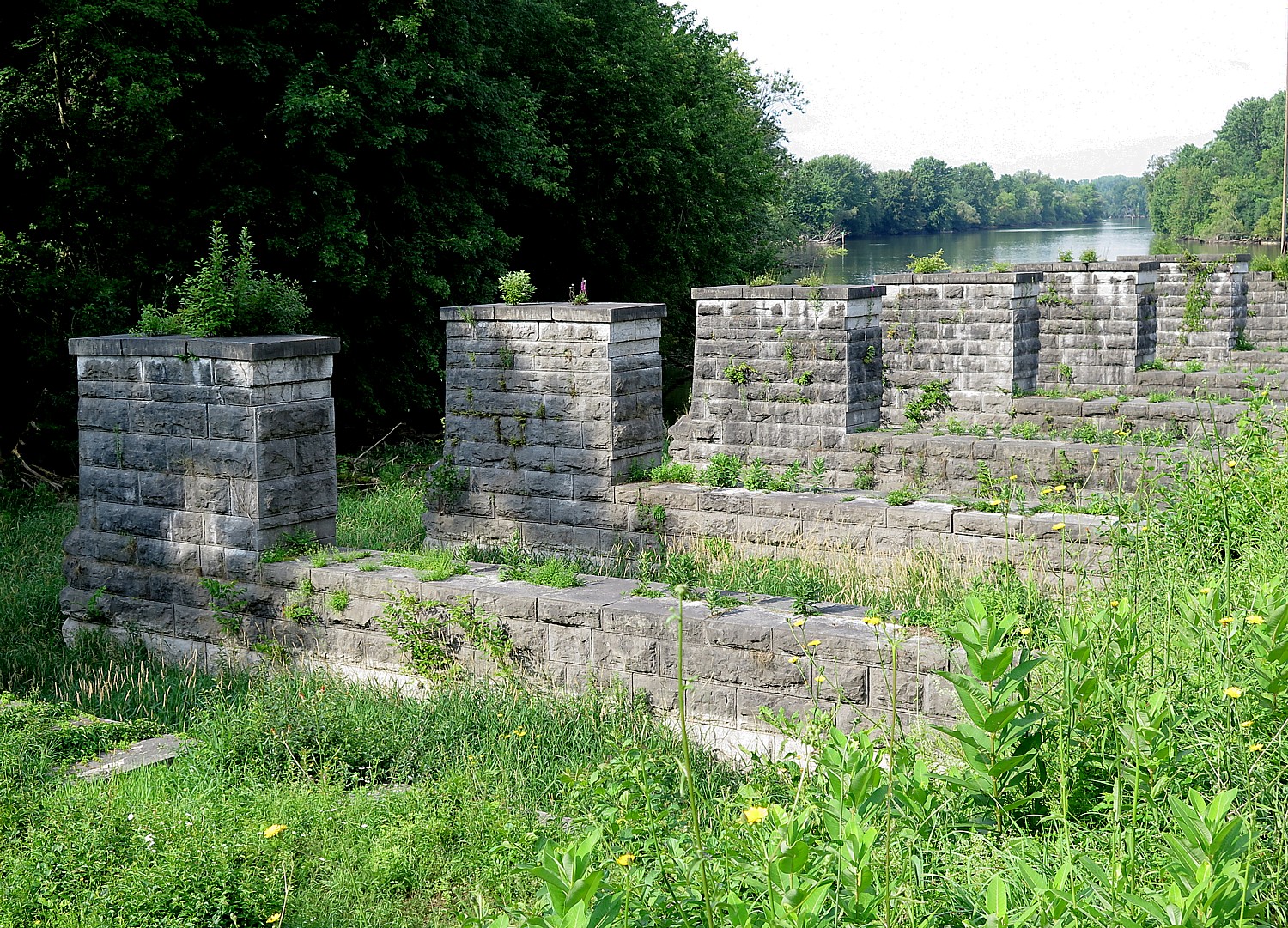
Just up from Jordan, on a particularly scenic section of the trail that passes Memphis, locals greet us with ice pops; one of the ladies is responsible for creating a gorgeous garden right on the trail in memory of her son and tells us that she tenders it 6-8 hours a week.
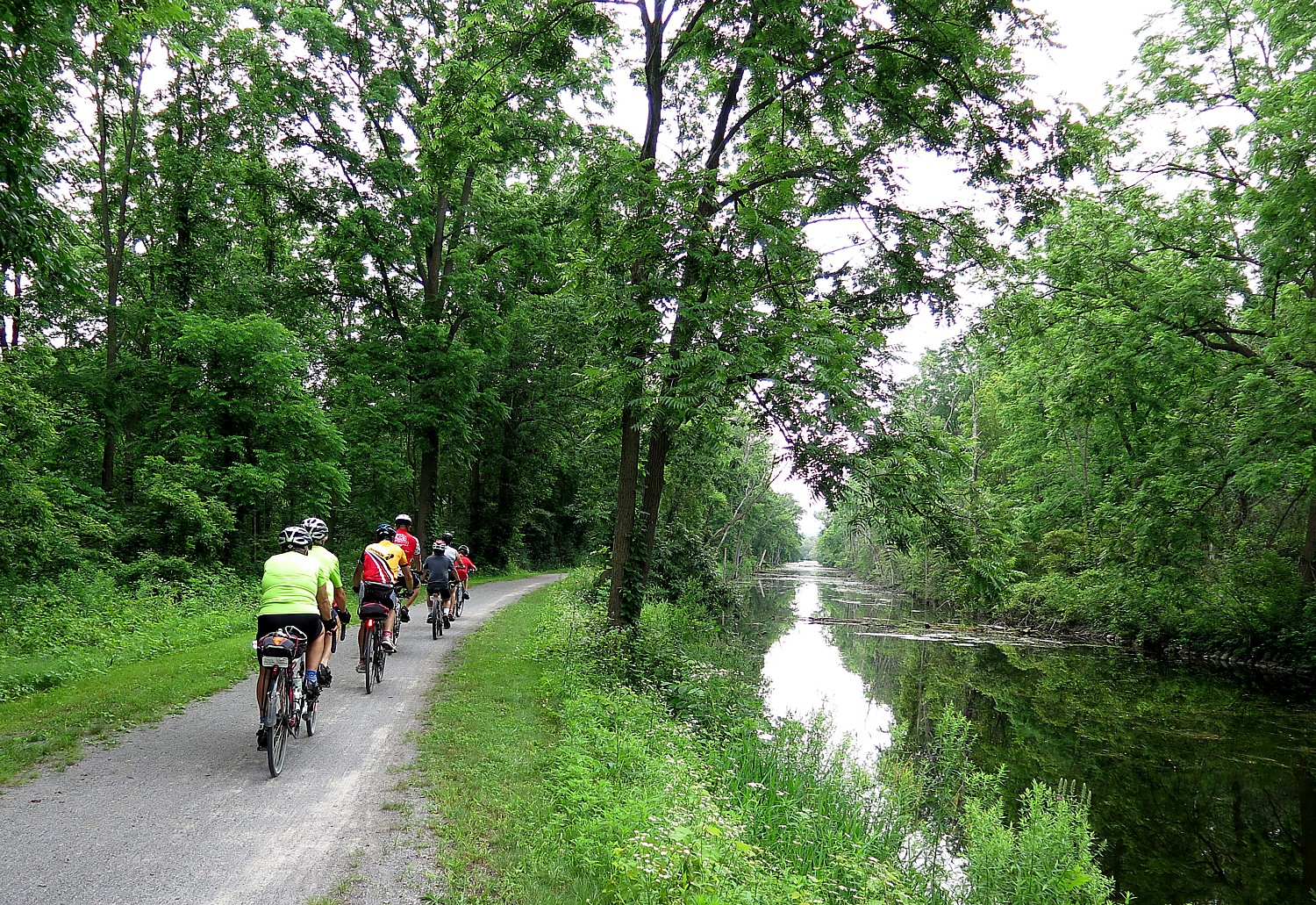
We come to Camillus, where we are greeted with signs and cheers of “Half way!” as we cross the 200-mile mark, from where we started out in Buffalo. The rest stop has been set up for us here, and inside the Sims Store, they offer us refreshments, as well.

The Sims Store is a replica of the original canal store which would have been located two miles east. You enter the store where two years ago, a woman in period dress was there to show off the sort of stuff that would have been on sale to serve the boats. There is an excellent local history section, an Erie Canal Barge display, an 1800’s room, and a section describing the building of the canal including some of the tools used. There is also a wonderful wall-mural of a boat traveling over the Nine Mile Creek Aqueduct on the second floor.
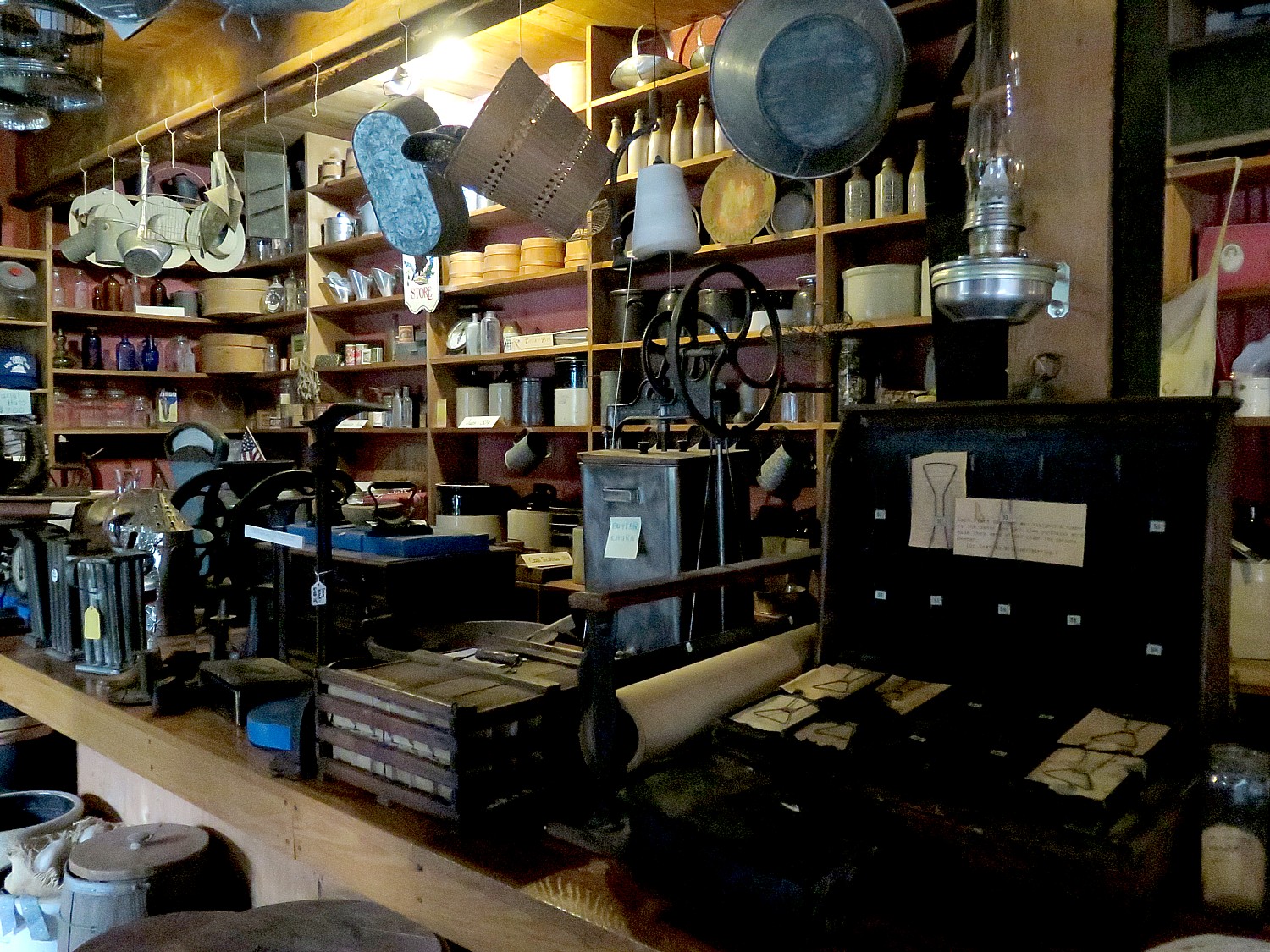
The artifacts on display are very interesting. The docent shows a map of New York State which shows why the Erie Canal was the only route to the West: a relatively flat, open portion cutting through a break between the Adirondacks and the Appalachians.
The Sims Store is part of a 164-acre Camillus Erie Canal Park, a town park that preserves a seven mile stretch of the Erie Canal. It includes the impressive Nine Mile Creek Aqueduct, which is listed on the National Register of Historic Places. From the Sims Store you can take a boat ride on the old canal, which several of our cyclists are taking advantage of; they operate dinner cruises as well, (www.eriecanalcamillus.com/museum.htm)
At this point, we ride along the trail (the original towpath), but this part of what would have been the canal is no longer part of the Erie Canal – what looks like a stream now is where the original canal would have been and the water what is naturally collected.
We come to Nine Mile Creek Aqueduct, which is a stunning example of engineering. The aqueduct is a water-filled bridge that carried canal boats over rivers, streams or valleys. This 144 foot waterway enabled the first enlargement of the Erie Canal to be carried over Nine Mile Creek and is listed as the smallest of the larger aqueducts. Four stone arches made of fine Onondaga limestone quarried from Split Rock supported the towpath. Of the 32 original aqueducts on the First Enlargement, only about seven remain intact.
I try to rush to get to camp in time to also visit the Rosamond Gifford Zoo in Syracuse, which will close at 4:30 pm. (The organizers have also arranged for us to be able to visit the Syracuse Canal Museum this evening, with shuttle bus transportation into the downtown; I plan to visit the museum the next morning.)
It’s just about 3 pm when I arrive at our campsite in Burnet Park, alongside the Zoo. At the park, we can use the swimming pool and “indoor” campers can set themselves up on the hockey rink. Instantly, a whole tent city rises in front of the houses across the street from the park.
I promptly drop my things at the hockey rink, so I don’t lose time setting up the tent (also the forecast is for rain tonight). I walk directly to the zoo so I can see the animals before they are brought in at 4 pm. We also will be having a delightful barbecue dinner at the zoo this evening and a lecture in the visitor center auditorium.

Yesterday’s ride to Seneca Falls was 62 miles over rolling country roads but I didn’t feel tired at all and was able to explore the attractions that evening, perhaps because of my excitement at being there. But even though today’s ride was a mere 39 miles, I am heat-exhausted. I drag myself around the zoo, spending more time sitting on a bench and looking into animal cages than I do walking around.

Last time, I missed the excellent lecture that was held in the Rosamond Gifford Zoo’s visitor center auditorium by a representative of the Syracuse Canal Museum about the Erie Canal’s engineering. This time I wasn’t going to make the same mistake.
Sam Clemence presents “Engineering the Erie Canal” this year, and his talk is all the more fascinating because we have been riding alongside the canal and can appreciate the scale, the geography, the lift system, the aqueducts that made the Erie Canal an engineering marvel. And this evening, we not only appreciate the brilliant engineering, but what the canal meant in terms of transforming the United States into an industrial and global power, how it changed the face of the country quite literally in terms of population – bringing the immigrants to build and man factories, the settlers and pioneers through the west, unifying the nation, bringing down the cost of goods and improving living standards, and creating jobs and commerce.

Indeed, the idea for the Erie Canal goes back to George Washington and the French and Indian War. Thomas Jefferson, the guy responsible for such bold visionary enterprises as the Louisiana Purchase and the Lewis & Clark Expedition, said in 1809, “It is little short of madness to think of it this day – a splendid project and may be executed 100 years from today.” Just eight years later, because of New York Governor Dewitt Clinton’s determination (and state financing), the first shovel went into the ground.
Before the canal, it would take three weeks to travel from Albany to Buffalo on sparse roads, involving fjording rivers and surmounting the Cohoes Falls, and would have cost $100 a ton to transport wheat; $6 a barrel to transport salt.
But a wheat importer named, Jesse Hawley, sitting in debtor’s prison, 1808-9, wrote a letter to the Genesee Messenger newspaper, using the nom de plume of “Hercules” and proposed the idea of building the canal for $6 million. His letter caught the attention of DeWitt Clinton.
“The USA in 1800 was a new country, with an expanding frontier, diverse and abundant resources, and a shortage of labor. The new nation had an experimental form of government. It manifested confidence, embraced technology, epitomized ‘Ingenious Yankees’ – self-sufficient, versatile.”
But when they started to build the Erie Canal, there were fewer than 10 engineers in the whole country; by 1816 there were 37; by 1850 there were 50.
The two who headed up the Erie Canal project, Benjamin Wright and James Geddes (a surveyor and lawyer) were really county judges. Clinton hired them in 1811 to survey the route. They first thought to build a route along the Mohawk River (there were no dams then), but that was considered an unreliable source of water. So they decided to build a lock canal, fed by 12 feeder streams. This required building 185 locks, 18 aqueducts over the 363 miles from Lake Erie to the Hudson River.
The biggest challenge was the Niagara Escarpment, which we saw at Lockport – where they had to surmount a 60-foot elevation. “In those days [before steel], they could only hold back 12 feet of water [with wooden gates].”
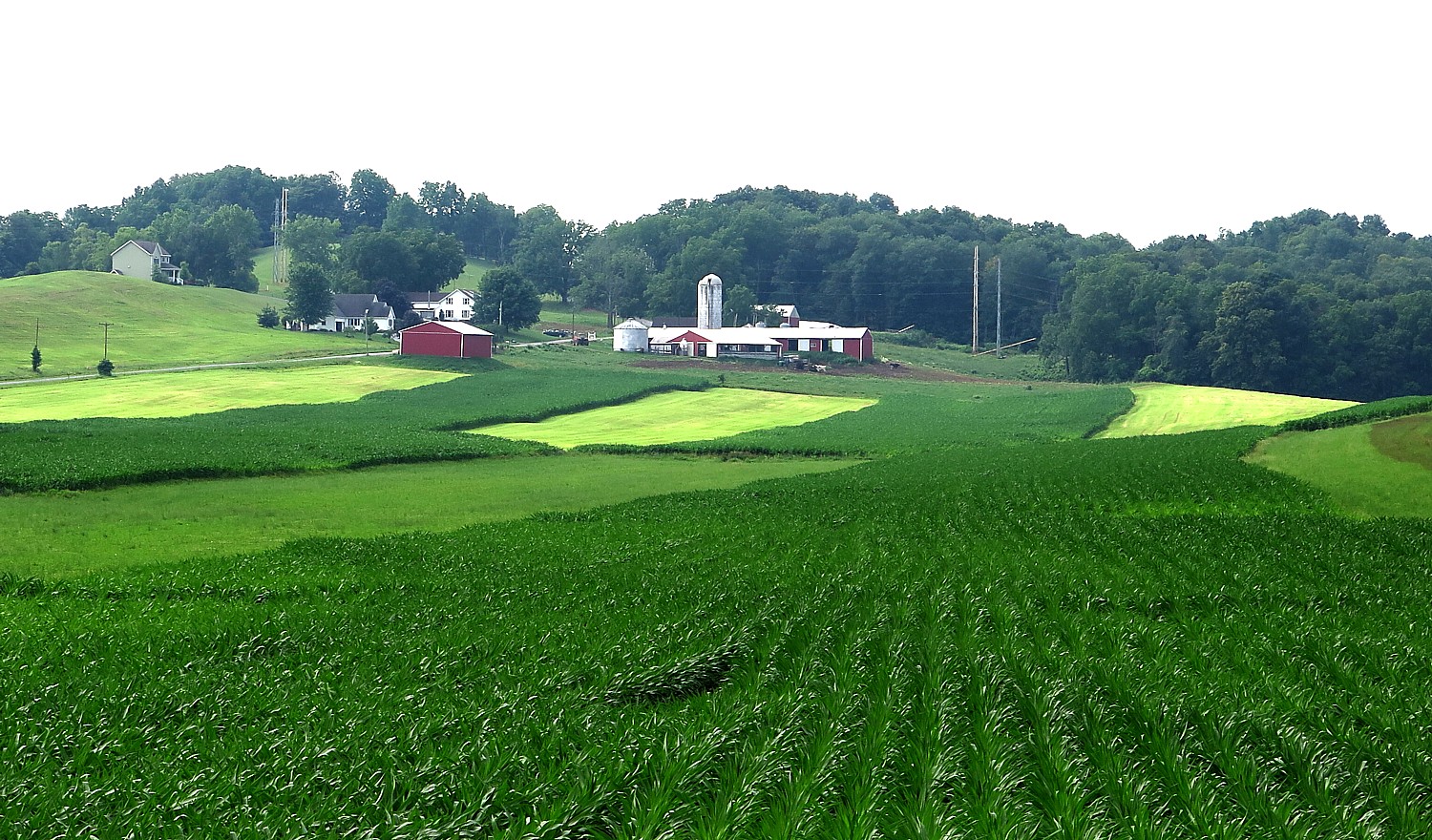
But they knew that the canal would go through the Mohawk Valley – the gateway to West. It was the lowest canyon, the only place with a break in the Appalachian mountain range, from Maine to Alabama. It’s called “Little Nose” and “Big Nose” (and we are alert to seek it out on tomorrow’s ride.)
Construction began on July 4, 1817 in Rome, the very center of the state where the ground was flat. Clinton wanted to get as many people to see it and built out. And he realized that if building started, it would be easier to get more money, if necessary.
They looked to English canal building as well as Leonardo Da Vinci’s gate system, and imported Irish immigrants who were paid $8-12/month and a ration of rum (the pay was pretty good for the time), but three-fourths of the laborers were US citizens (mainly farmers).
In the first two years, they only built 15 miles. Clinton was excoriated. “That Federalist Son of a [expletive] taxes our dollars to build a Ditch.”
Built at a cost of $7,700,000 (equivalent to $159 billion in 2018 dollars), the canal opened Oct. 20, 1825 and was an immediate success, bringing down the cost of commerce and transportation to a fraction of what it was.

We learn that at one time, more than 50,000 people depended on the Erie Canal for their livelihood. A whole culture developed around canal life. For many, canal boats were floating houses, traveling from town to town: the father was the captain, the mother cooked for family and crew and children would serve as “hoggees,” leading the mules as they towed the boats. (At Chittenango Landing Boat Museum we see a model boat and how the mules lived onboard.) He tells us that one of the US presidents was a hoggee in his youth: James A. Garfield.
I can imagine how for those who traveled along the Canal in packet boats or passenger vessels, the Canal was an exciting place. Gambling and entertainment were frequent pastimes on the Canal and often, families would meet each year at the same locations to share stories and adventures.
Amazingly, by 1836, the very success of the original canal – which was a mere 4 feet deep and 40 feet wide (to permit east and west traffic), affording just 6 inches of draft below the boat –had not only paid back the original investment, but rendered it obsolete. An enlarged canal, 7-feet deep with locks 110 feet long and 18 feet wide, was built. That one, too, was replaced in 1905 with the New York State Barge Canal System; built for self-propelled vessels, it uses canalized rivers, lakes and land-cut sections with a minimum depth of 12 feet and electrically-powered locks 300-feet long, that still operate today.
The Erie Canal is called “The Mother of Cities” – a fact that is made eminently clear when I visit the Syracuse Canal Museum, which displays a graph showing the growth in population of cities like Syracuse before and after.
A heavy rainstorm is expected tonight, and I am happy to be doing my “indoor camping” in the hockey rink at Burnet Park, literally adjacent to the zoo. I hear from a few campers in the morning that they could hear the animals at night.
The 20th Annual Cycle the Erie Canal ride is scheduled July 8 – 15, 2018 (www.ptny.org/canaltour). In the meantime, you can cycle the trail on your own – detailed info and interactive map is at the ptny.org site (www.ptny.org/bikecanal), including suggested lodgings. For more information on Cycle the Erie Canal, contact Parks & Trails New York at 518-434-1583 or visit www.ptny.org.
Information is also available from the Erie Canalway National Heritage Corridor, Waterford, NY 12188, 518-237-7000, www.eriecanalway.org.
More information about traveling on the Erie Canal is available from New York State Canal Corporation, www.canals.ny.gov.
Next: Cycle the Erie, Day 5: Syracuse’s Erie Canal Museum
See also:
Cycle the Erie: 400 Miles & 400 Years of History Flow By on Canalway Bike Tour Across New York State
_____________________________
© 2018 Travel Features Syndicate, a division of Workstyles, Inc. All rights reserved. Visit goingplacesfarandnear.com, www.huffingtonpost.com/author/karen-rubin , and travelwritersmagazine.com/TravelFeaturesSyndicate/. Blogging at goingplacesnearandfar.wordpress.com and moralcompasstravel.info. Send comments or questions to [email protected]. Tweet @TravelFeatures. ‘Like’ us at facebook.com/NewsPhotoFeatures
